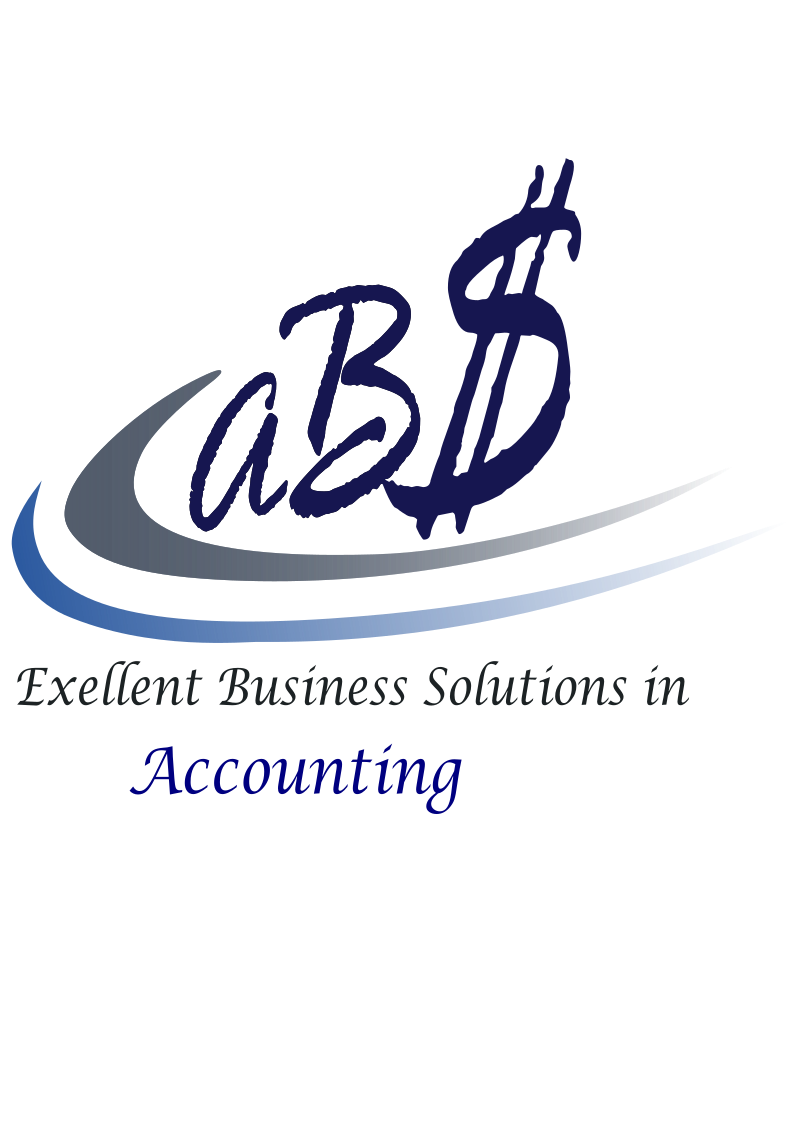Discontinuing operations of a business

In case you are shutting down an unincorporated business, certain actions must be taken.
However, the details provided below do not cover all aspects of business closure, therefore seeking expert assistance is recommended.
Payroll
In case you had hired employees, it is mandatory to submit all payroll withholding taxes, including CPP contributions, EI premiums, and income tax deductions, within seven days of closing your business.
You must also issue Records of Employment (ROE) to all former employees within five calendar days.
Additionally, you must file all necessary T4 and T4A slips with the Canada Revenue Agency (CRA) within 30 days of the business closure and furnish copies of these slips to the ex-employees.
Closing CRA Business Accounts
It is possible that you have both payroll and GST/HST accounts with the CRA, and it is imperative to close these accounts and remit all outstanding amounts. For more details on this, please refer to the links provided at the bottom of the CRA website.
Capital Assets
It is possible that you possess capital assets when closing your business. If you dispose of depreciable assets, for which you have been claiming capital cost allowance (CCA), there might be recapture or a terminal loss. If you decide to retain some of the capital assets, you cannot claim CCA in subsequent years unless you use them to generate income from a business or property. In case you use these assets for non-income-producing purposes, a deemed disposition occurs at its fair market value (FMV), which could also result in recapture or a terminal loss. For additional details, please refer to the link provided below to the CRA website.
Outstanding Debt
If you had taken out a loan to operate your business, and there is still an outstanding balance, the Income Tax Act specifies the following regulations: As per s. 20.1(2), if a taxpayer stops conducting a business after 1993, and as a result, the borrowed money is no longer utilized for generating income from that business, certain rules come into play.
■ If the taxpayer disposes of property, last used in the business, at or after the specific time mentioned in this paragraph (referred to as "time of disposition"), an amount of the borrowed money, not exceeding the lesser of the fair market value of the property at the time of disposition and the outstanding borrowed money not used for acquiring other property before the time of disposition, shall be deemed to have been used by the taxpayer to purchase the property immediately before the time of disposition.
The borrowed money will be deemed not to have been used to acquire any property used in the business, subject to paragraph (a).
■ The borrowed money's outstanding portion, which is not deemed under paragraph (a) to have been used to acquire property before any subsequent time, will be deemed to be used by the taxpayer at that subsequent time for generating income from the business.
■ The business will be considered to have fiscal periods after the particular time that align with the taxpayer's taxation years. However, the first fiscal period will be considered to begin at the end of the business's last fiscal period that started before the particular time.
To clarify, the interest on the debt remains deductible until the repayment of the debt, and the interest expense will be recognized as paid for the intention of generating income from the business.
Accounts Receivable, Inventories, Eligible Capital Property
Section 22 of the Income Tax Act pertains to accounts receivable, inventories, and eligible capital property when ceasing business operations. It is recommended to consult with a professional accountant for further details on these matters. Please note that the tax treatment of eligible capital property was modified for 2017 and subsequent years.
Get in touch with me to discover strategies for optimizing your tax savings @ 604-727-1540




